How AI Text-to-Image Generation Drives the Future of Art?
Imagine transforming a simple description into a stunning visual masterpiece with just a few words. Welcome to the world of AI text-to-image generation, where the boundaries of creativity are redefined. This revolutionary technology allows you to input a descriptive text and, in seconds, witness your imagination materialize into vibrant, high-quality images. As we stand on the brink of the future of AI images, the possibilities are endless.
AI text-to-image technology is more than just a tool; it's a gateway to limitless creative potential. Whether you're a digital artist, a marketer, or someone who loves exploring new technologies, this innovation opens up new avenues for expression and visual storytelling. By seamlessly blending text and imagery, text-to-image AI transforms concepts into visuals with incredible precision and ease.
Join us on this journey to explore how AI is shaping the future of visual content creation. Discover how this cutting-edge technology can enhance your projects, elevate your designs, and unlock new levels of creativity. Dive into the future of AI images with us, and see how your words can become stunning works of art.
What is AI Text-to-Image Generation?
AI text-to-image generation is a groundbreaking technology that creates images based on textual descriptions. By inputting a descriptive text, such as “a serene beach at sunset” or “a futuristic cityscape,” advanced AI algorithms can generate detailed, high-quality visuals that match the description.
This process involves sophisticated machine learning models, particularly those trained on vast datasets of images and text, enabling the AI to understand and translate textual input into corresponding imagery. The technology leverages deep learning techniques, including neural networks, to interpret and synthesize visual elements from the provided text.
As a result, users can quickly produce unique and relevant images without traditional artistic skills or software. This innovation not only streamlines creative workflows but also opens new avenues for artistic expression, making it easier for anyone to visualize and create compelling artwork from simple descriptions.
Why is Text-to-Image Generation Important?
AI text-to-image generation is revolutionizing the way we create and interact with art. By transforming descriptive text into vivid, detailed images, this technology bridges the gap between imagination and reality. Whether you're a designer, marketer, or creative enthusiast, AI text-to-image tools streamline the visual creation process, enabling rapid production of tailored visuals from simple descriptions.
This innovation not only democratizes art creation but also opens new avenues for creative expression and content development. Discover how AI text-to-image generation is shaping the future of art and unlocking endless possibilities for visual storytelling.
- Enhanced Creativity and Accessibility: This technology democratizes art creation by allowing individuals without traditional artistic skills to generate high-quality visuals from text descriptions. It empowers anyone to bring their ideas to life, broadening the scope of creativity.
- Streamlined Design Processes: For designers and marketers, text-to-image generation speeds up the creative process. It provides a quick way to generate visual content, allowing for rapid prototyping and iteration, which is especially useful in fast-paced environments.
- Innovative Content Creation: This technology offers new possibilities for content creation in various fields, including advertising, gaming, and media. It enables the creation of unique and tailored visuals that align closely with specific narratives or themes.
- Improved Communication: Text-to-image generation enhances communication by transforming abstract ideas into tangible visuals. This can be particularly useful in educational settings, where complex concepts can be visualized more effectively.
Overall, text-to-image generation is a transformative tool that fosters creativity, efficiency, and innovation across diverse applications.
How Did AI Art Evolve in All These Years?
AI art has undergone a remarkable evolution over the years, driven by advancements in technology and creative exploration. Initially, AI-generated art began with basic algorithms and rule-based systems that could produce simple patterns and designs. Early experiments focused on generating abstract visuals, often limited in complexity and originality.
As machine learning and neural networks developed, so did the sophistication of AI art. The introduction of deep learning models, like Generative Adversarial Networks (GANs), allowed AI to create more intricate and realistic artwork. These models could analyze vast datasets of existing art, learning styles, and techniques to produce unique pieces that mimic human creativity. In recent years, AI art has reached new heights with the advent of text-to-image generation technologies.
These tools enable users to create detailed and diverse artworks based on textual descriptions, blending human imagination with AI capabilities. This evolution has made AI art more accessible and versatile, expanding its applications in various fields, from digital design to entertainment. Overall, AI art has evolved from simple patterns to complex and expressive creations, continually pushing the boundaries of what machines can achieve in the realm of artistic expression.
Benefits of Generating AI Art
AI art generation offers transformative benefits for artists, designers, and creatives alike. By leveraging advanced algorithms and machine learning, AI tools enhance creativity and streamline the design process, enabling rapid production of unique and high-quality visuals. These tools democratize art creation, making it accessible to everyone, regardless of artistic skill.
They also provide cost-effective solutions and facilitate quick experimentation with various styles and concepts. Whether for personal projects or professional use, AI-generated art opens new avenues for creativity and innovation, making it an invaluable resource in the evolving landscape of digital artistry.
- Enhanced Creativity: AI art tools enable users to explore new artistic possibilities by blending styles and generating unique visuals that might not be easily achievable by hand. This fosters greater creative experimentation and innovation.
- Increased Efficiency: AI art generation speeds up the creative process. Artists and designers can quickly produce high-quality visuals, saving time on tedious tasks and allowing more focus on conceptual development.
- Accessibility for All: With AI tools, individuals without formal art training can create professional-looking artwork. This democratizes art creation, making it accessible to a broader audience.
- Customization and Versatility: AI art can be tailored to specific themes or styles based on user input. This adaptability makes it suitable for diverse applications, from marketing materials to personalized gifts.
- Cost-Effective Solutions: Generating art with AI can be more cost-effective compared to hiring professional artists or investing in expensive software. It provides a budget-friendly alternative for producing high-quality visuals.
- Rapid Prototyping: AI art tools allow for quick iterations and adjustments, making it easier to experiment with different designs and concepts. This accelerates the prototyping phase in creative projects.
Overall, AI art generation empowers creativity, enhances productivity, and broadens artistic horizons, making it a valuable asset in various fields.
Challenges in AI-Generated Images
AI-generated images, while revolutionary, come with their own set of challenges. Maintaining consistent image quality can be difficult, as outputs may vary in resolution and detail. Ethical concerns arise from potential biases in training data, which can influence the inclusivity and fairness of the visuals produced.
Additionally, AI's creative limitations might result in repetitive or formulaic designs needing more depth of human artistry. Intellectual property issues and data privacy concerns further complicate the landscape. Navigating these challenges is crucial for harnessing AI’s full potential while ensuring responsible and equitable use in art and design.
- Quality Consistency: Ensuring consistent image quality across different outputs can be difficult. Variations in resolution, detail, and accuracy may arise, affecting the overall effectiveness of the generated visuals.
- Bias and Ethical Concerns: AI models can inadvertently perpetuate biases present in their training data. This can lead to the creation of images that reinforce stereotypes or fail to represent diverse perspectives fairly.
- Creative Limitations: While AI can produce impressive visuals, it may need more nuanced creativity and intentionality of human artists. The results can sometimes be formulaic or repetitive, lacking the depth of human expression.
- Intellectual Property Issues: The use of AI to generate images raises questions about copyright and ownership. Determining the rights associated with AI-created content can be complex and contentious.
- Data Privacy: AI art tools often rely on large datasets for training, which can include personal or sensitive information. Ensuring the privacy and security of this data is crucial to prevent misuse.
- Resource Intensive: Training and running AI models require significant computational resources, which can be costly and have environmental impacts.
Addressing these challenges is essential for the responsible and effective use of AI in art and design.
The Role of AI in Shaping Future Art Movements
AI is playing a pivotal role in shaping future art movements by introducing novel methods of creation, collaboration, and expression. As AI algorithms evolve, they are pushing the boundaries of traditional art, blending human creativity with machine intelligence to explore new artistic frontiers.
- New Aesthetics: AI generates innovative visual styles and techniques, leading to unique artistic expressions that were previously unimaginable. This fusion of technology and creativity is redefining aesthetic norms and expanding the scope of artistic possibilities.
- Collaborative Creation: Artists are increasingly partnering with AI to co-create artworks. These collaborations blend human intuition with machine precision, resulting in works that reflect a synergy of artistic vision and computational power.
- Democratization of Art: AI tools are making art creation accessible to a broader audience. Individuals without formal training can now produce high-quality art, fostering a more inclusive and diverse art community.
- Enhanced Creativity: AI assists artists in overcoming creative blocks by providing new perspectives and generating novel ideas based on data and patterns. This support helps artists push their creative boundaries and explore uncharted territories.
- Interactive Art: AI enables the development of interactive and immersive art experiences. Artworks can respond to viewers' inputs or environmental changes, creating dynamic and personalized artistic encounters.
In essence, AI is not just a tool but a catalyst for evolving art movements, transforming how art is created, experienced, and understood.
Practical Applications And Use Cases of Text-to-Image
AI text-to-image technology is revolutionizing industries by enabling the rapid creation of customized visuals from text. Its practical applications span advertising, content creation, e-commerce, and more, streamlining processes and enhancing personalization. This innovation empowers professionals to generate unique, engaging images that meet diverse needs efficiently.
- Advertising and Marketing: AI text-to-image tools enable marketers to quickly create customized visuals for ad campaigns based on specific themes or target audiences. This helps in crafting personalized content that resonates more effectively with consumers.
- Content Creation: For media and publishing, AI-generated images can be used to illustrate articles, blog posts, and social media content. This streamlines the content creation process, providing unique visuals that align with the text.
- E-commerce: Retailers can generate product mockups or promotional materials from text descriptions, allowing for rapid adaptation of visuals to match seasonal trends or new product lines without the need for traditional photoshoots.
- Entertainment: In gaming and film, AI text-to-image can be used for concept art and storyboard creation. It helps visualize scenes, characters, and settings based on written descriptions, accelerating pre-production phases.
- Education and Training: Educational materials and training resources can be enhanced with AI-generated illustrations that accurately represent complex concepts or scenarios, making learning more engaging and effective.
- Personalization: AI text-to-image technology allows for the creation of personalized gifts, such as custom artwork or themed merchandise, based on individual preferences and text inputs.
- Social Media: Influencers and brands can use AI to generate eye-catching visuals for posts and stories, boosting engagement and maintaining a dynamic online presence.
These applications highlight the versatility of AI text-to-image technology, demonstrating its potential to enhance creativity, efficiency, and personalization across various fields.
Top 10 AI Text-to-Image Generation Tools
AI text-to-image generation tools are transforming how we create visual content by converting textual descriptions into stunning images. These advanced tools harness the power of artificial intelligence to seamlessly blend text and visuals, making it easier for users to generate high-quality images quickly and efficiently.
Whether you're enhancing text-to-image photography or exploring creative possibilities with text upscaling, these tools offer incredible flexibility and precision. From generating detailed artwork to improving image quality, the following list highlights the AI text-to-image generation tools that are leading the way in visual content creation.
DALL·E 2
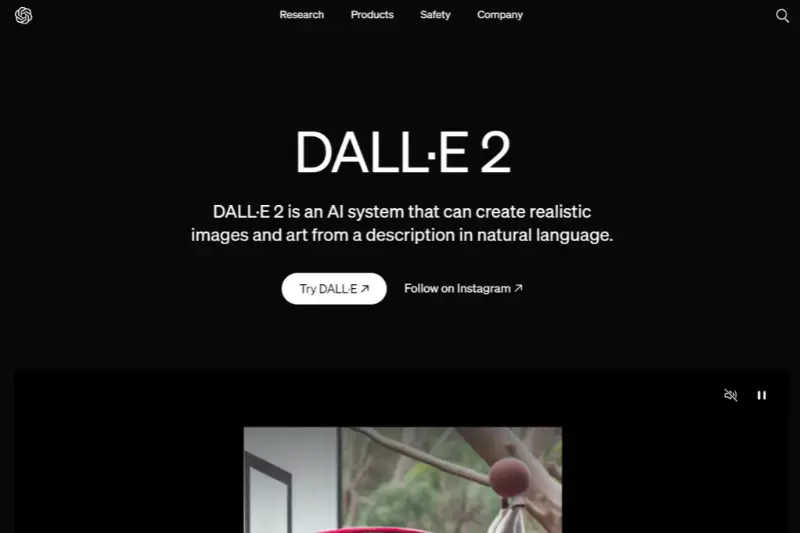
DALL·E 2 is a cutting-edge AI text-to-image tool developed by OpenAI. It excels in transforming detailed textual descriptions into high-quality, imaginative images. Utilizing advanced text-to-image AI, DALL·E 2 combines deep learning algorithms with a vast dataset to create visuals that match complex prompts with remarkable accuracy.
Its ability to generate creative and diverse images from simple text inputs makes it an invaluable resource for artists, marketers, and content creators. By offering flexibility and precision in visual content creation, DALL·E 2 is at the forefront of the AI text-to-image revolution, pushing the boundaries of what’s possible in digital art.
Midjourney
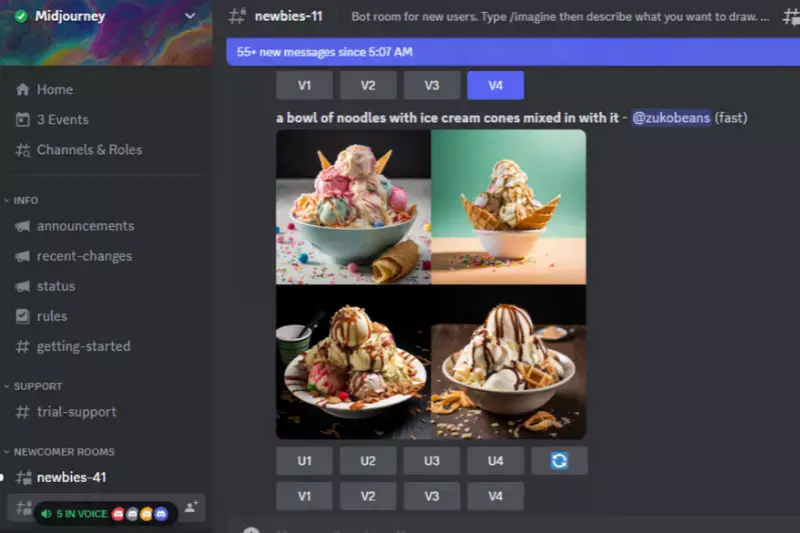
Midjourney is a prominent player in the field of text-to-image generation, renowned for its ability to produce artistic and visually captivating images from textual prompts. Utilizing sophisticated AI algorithms, Midjourney transforms descriptive text into high-quality, stylized visuals that often exhibit unique and creative interpretations.
This tool is especially valued for its ability to generate intricate and imaginative artwork, making it ideal for artists, designers, and content creators looking to explore new creative possibilities. Midjourney’s advanced text-to-image generation capabilities offer a powerful means to translate ideas into visually stunning digital art.
Stable Diffusion
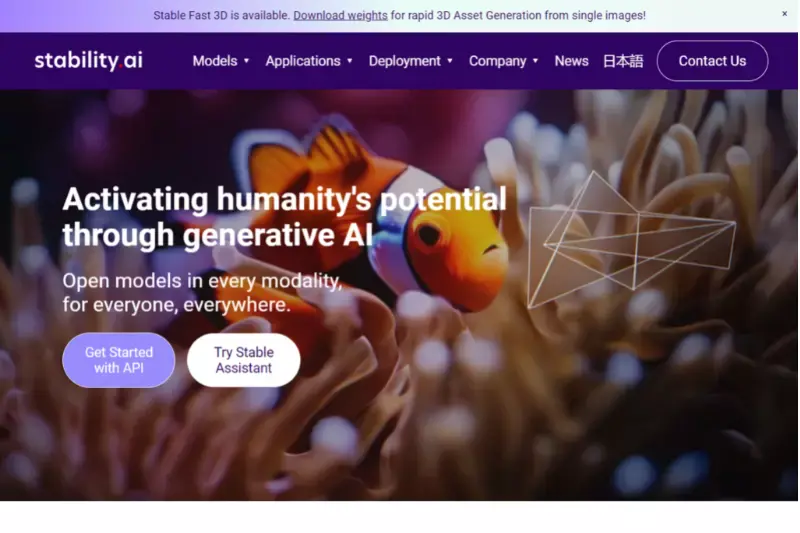
Stable Diffusion is a powerful AI text-to-image generation tool that excels in creating high-quality, scalable images from text descriptions. It leverages advanced AI algorithms to interpret and transform textual input into visually detailed and accurate visuals. With its ability to handle complex prompts and generate images with precision, Stable Diffusion is ideal for a range of applications, from artistic projects to professional content creation.
Integrating AI text into image technology ensures that textual details are seamlessly embedded into the visual output, providing users with both flexibility and quality in their image-generation processes.
DeepAI Text to Image

DeepAI Text to Image is a versatile tool in the realm of text and image photography, designed to generate high-quality images from textual descriptions. Utilizing advanced AI technology, this tool converts detailed text prompts into visually rich and relevant images. It excels in seamlessly integrating text with visual elements, making it a valuable resource for enhancing creative projects and content.
By combining text and image photography, DeepAI ensures that the generated visuals are not only accurate but also aesthetically pleasing, offering users an efficient way to produce engaging and meaningful images from simple text inputs.
Artbreeder
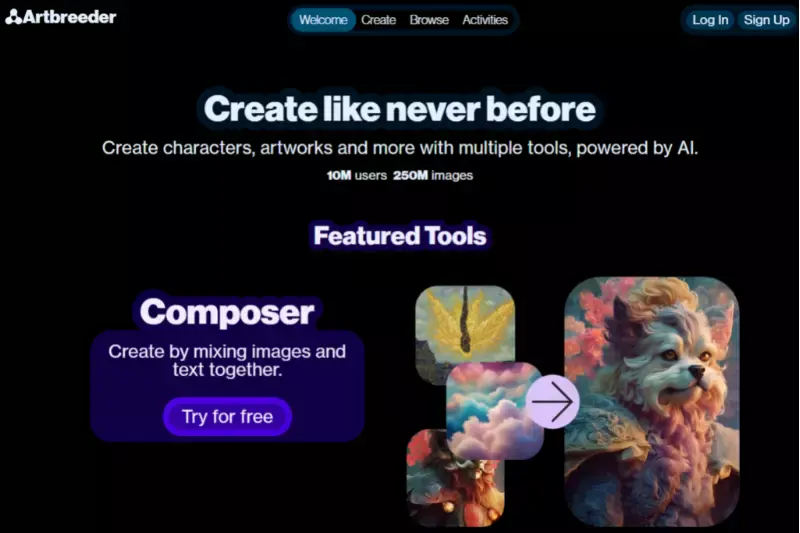
Artbreeder is a dynamic platform that leverages text upscaler AI to create and refine images based on textual descriptions. By combining AI technology with user input, Artbreeder allows users to evolve and enhance visuals, transforming basic text prompts into high-quality, intricate artwork. Its text upscaler AI capabilities are particularly valuable for artists and designers seeking to improve image resolution and detail.
With Artbreeder, users can explore creative variations and achieve visually stunning results. It is an essential tool for those looking to elevate their digital art through innovative text-based image generation.
Runway ML
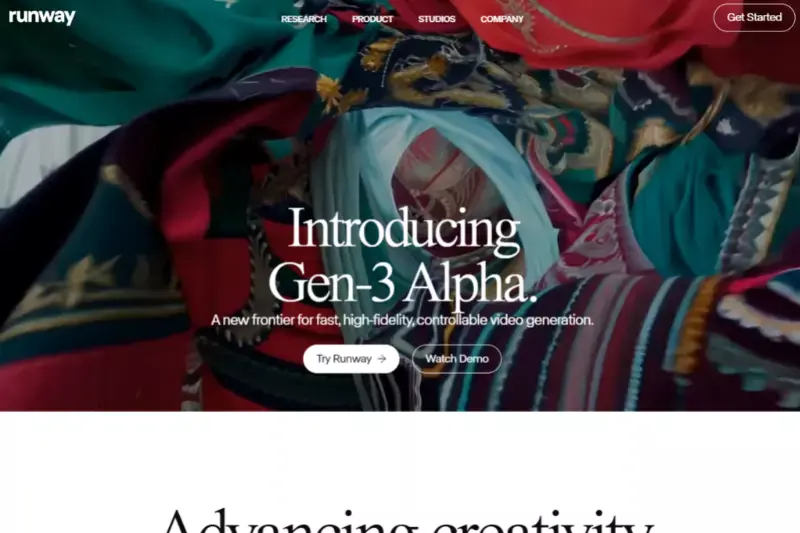
Runway ML is a cutting-edge tool designed for text image upscale, allowing users to enhance and refine images generated from textual descriptions. This platform utilizes advanced AI technology to upscale the resolution and quality of images, transforming basic text prompts into detailed, high-resolution visuals.
Runway ML's ability to upscale text-generated images makes it an invaluable resource for creatives and professionals who require precise and polished visual content. By focusing on improving image quality and detail, Runway ML helps users achieve superior results in their digital art and media projects.
Craiyon
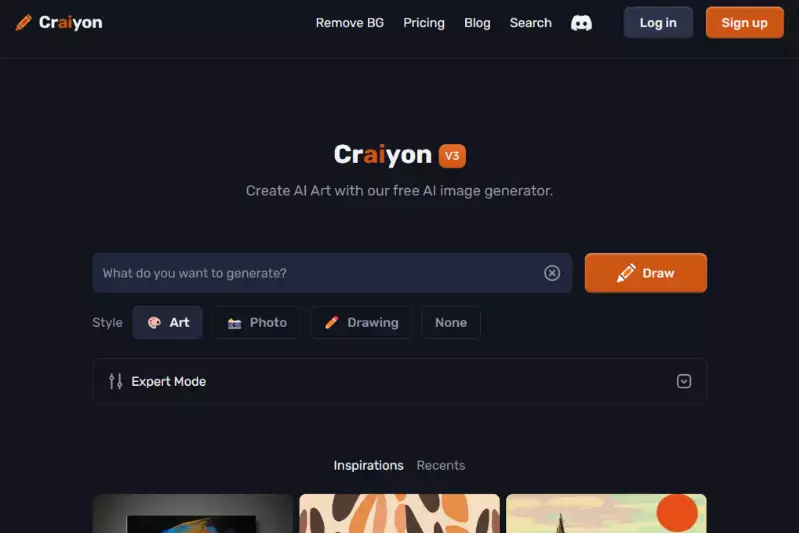
Crayon, formerly known as DALL·E Mini, is a robust text-to-image AI tool that generates creative and engaging visuals from textual descriptions. This user-friendly platform leverages sophisticated AI algorithms to interpret text prompts and produce diverse, high-quality images. Ideal for both casual users and professionals, Craiyon excels in turning simple text inputs into imaginative and detailed graphics.
By harnessing the power of text-to-image AI, Craiyon offers a streamlined way to create unique and visually appealing content, making it a valuable tool for those exploring the intersection of language and imagery.
Dream by Wombo
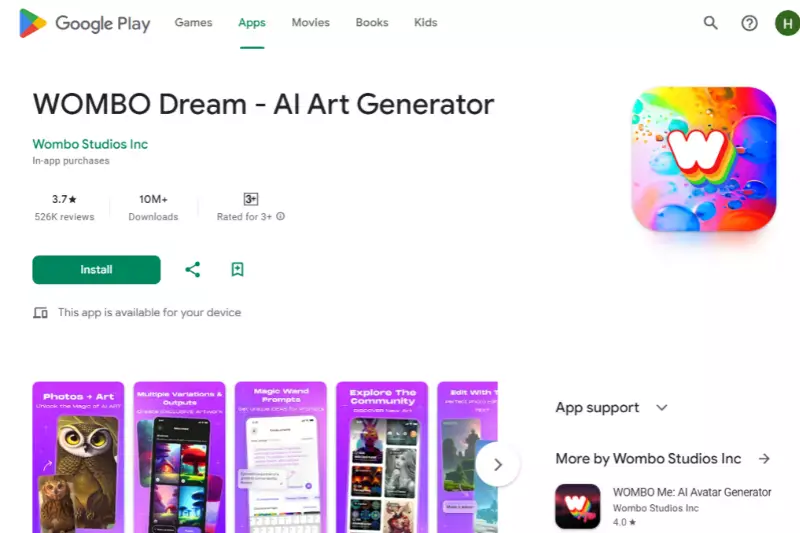
Dream by Wombo is an innovative tool in the realm of text-to-image generation, designed to transform descriptive text into stunning, artistic visuals. Utilizing advanced AI algorithms, Dream by Wombo converts textual prompts into high-quality, imaginative images that often feature unique styles and creative interpretations.
This tool is perfect for artists, content creators, and anyone looking to explore the fusion of text and visuals. By leveraging text-to-image generation technology, Dream by Wombo provides a seamless and intuitive way to create visually captivating content from simple text inputs.
NightCafe Studio
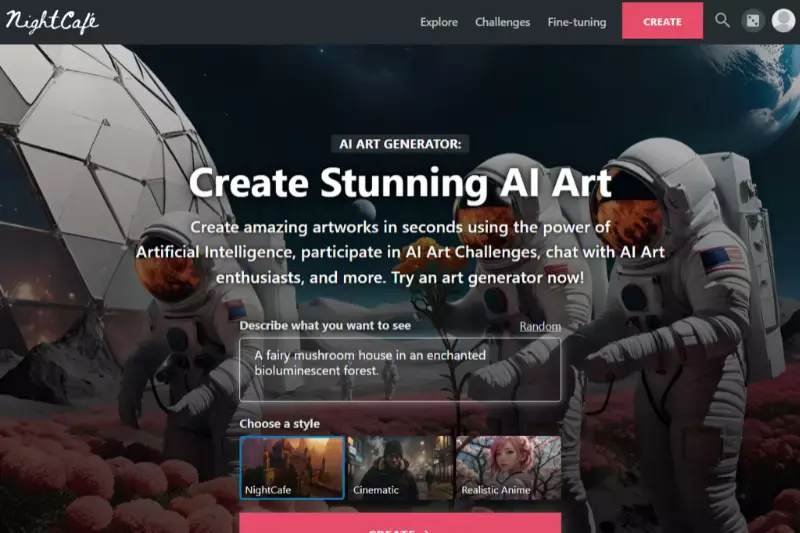
NightCafe Studio is a leading platform for AI-generated art from text, offering users a powerful way to create stunning visuals from textual descriptions. By leveraging sophisticated AI algorithms, NightCafe Studio transforms descriptive text into high-quality, creative artwork.
This tool excels in producing diverse and detailed images that capture the essence of the provided prompts. Ideal for artists, designers, and content creators, NightCafe Studio facilitates a seamless integration of text and visual art, making it an excellent resource for generating unique and engaging visuals effortlessly.
StarryAI
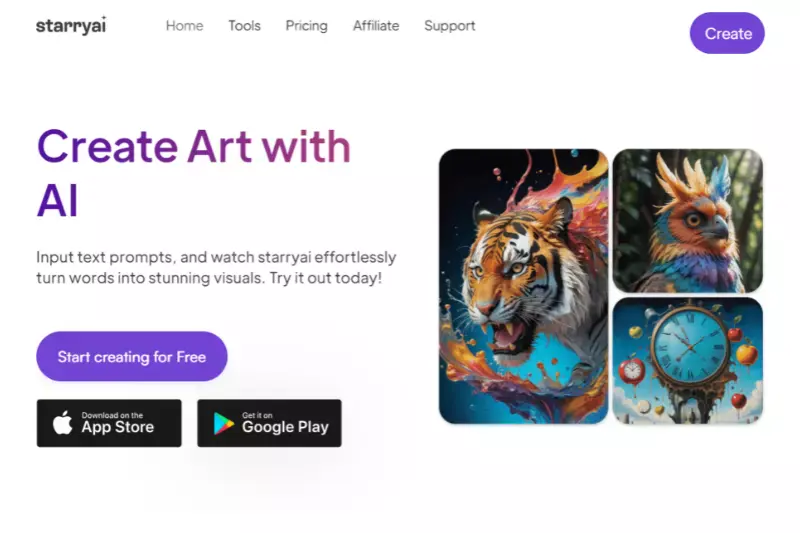
StarryAI is a cutting-edge tool specializing in AI text-on-image technology, enabling users to create visually compelling artwork from textual descriptions. By utilizing advanced artificial intelligence, StarryAI seamlessly integrates text with imagery, producing detailed and aesthetically pleasing visuals that accurately reflect the given prompts.
This platform is ideal for artists, marketers, and content creators looking to enhance their projects with high-quality, text-enhanced images. With its ability to blend textual elements into stunning visuals, StarryAI offers a powerful and intuitive solution for generating impactful and creative content.
How to Increase the Quality of your AI-generated Images?
Elevate the quality of your AI-generated images with Upscale.media. This advanced tool is designed to enhance and upscale photos effortlessly, turning your digital art into high-resolution masterpieces. Whether you’re working with text-to-image generation or any other AI-generated content, Upscale.media provides an intuitive platform to boost image clarity and detail.
Simply upload your files, select your desired enhancement options, and let our technology handle the rest. With Upscale.media, you can ensure your visuals look their best, making it the ideal solution for improving and refining your AI-generated images.
Step 1: Open Upscale.media app or on the web browser.
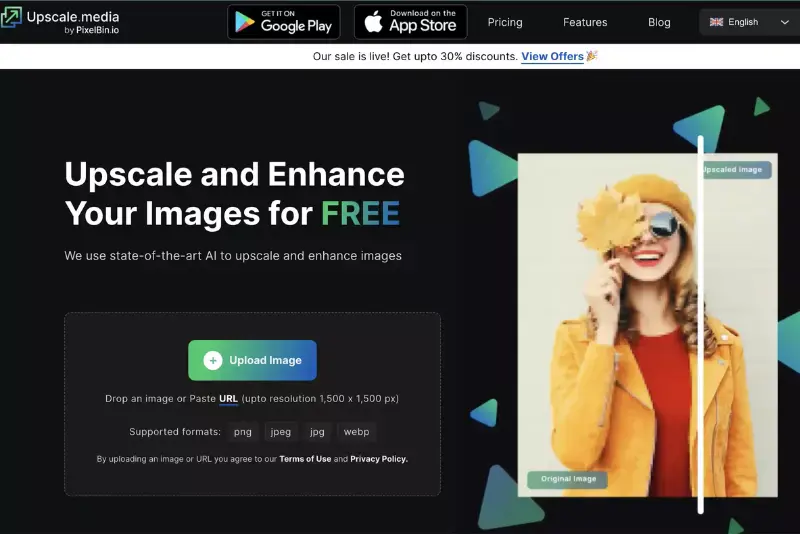
Step 2: Upload your AI-generated image using the ‘upload image’ button.
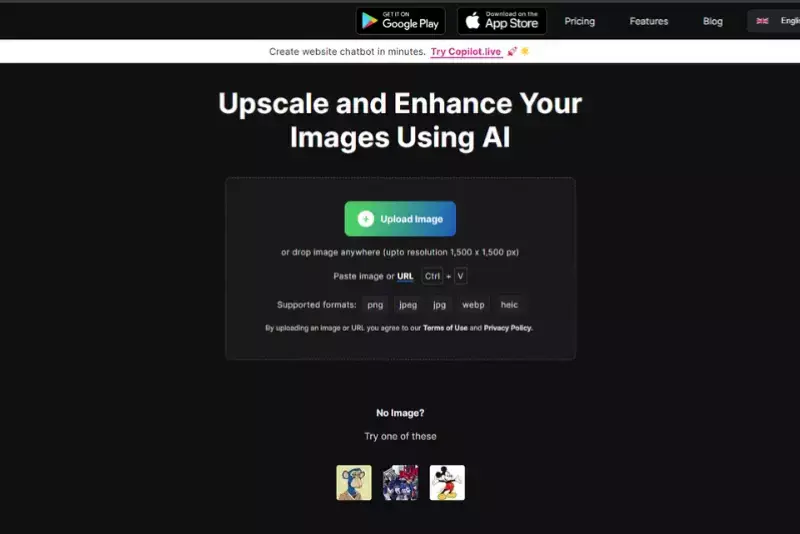
Step 3: As soon as you upload your image on Upscale.media, it’ll, by default, generate a 2x upscaled image.
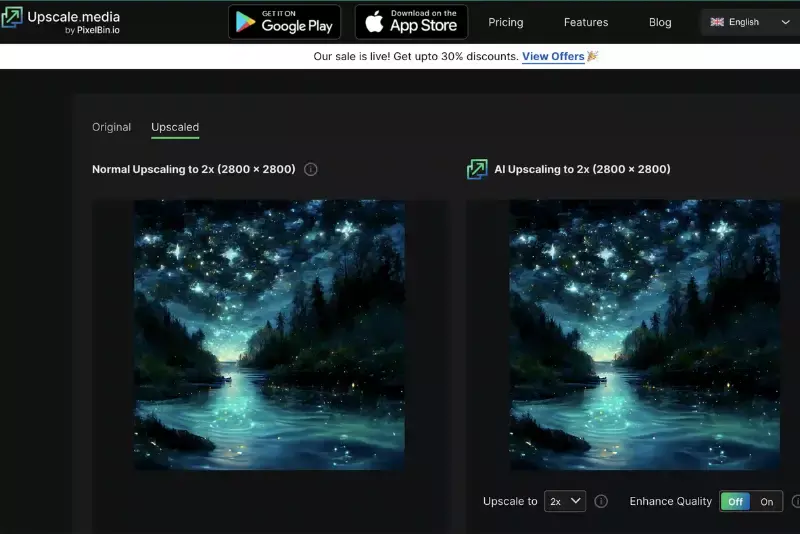
Step 4: Upscale your images up to 4x if the image is 1500x1500 pixels or 25 MB. Alternatively, you can use Shrink.media by PixelBin.io to resize your image.
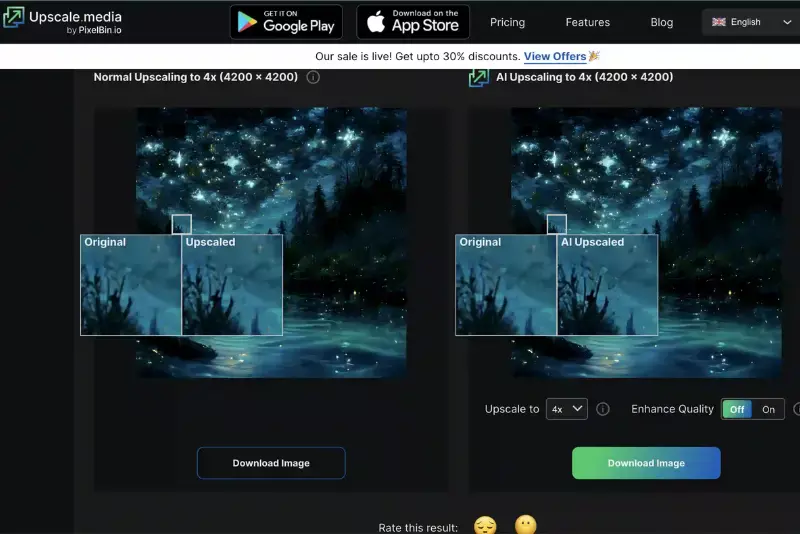
Step 5: Download the upscaled image using the “download image” button and save it in your system for further usage.
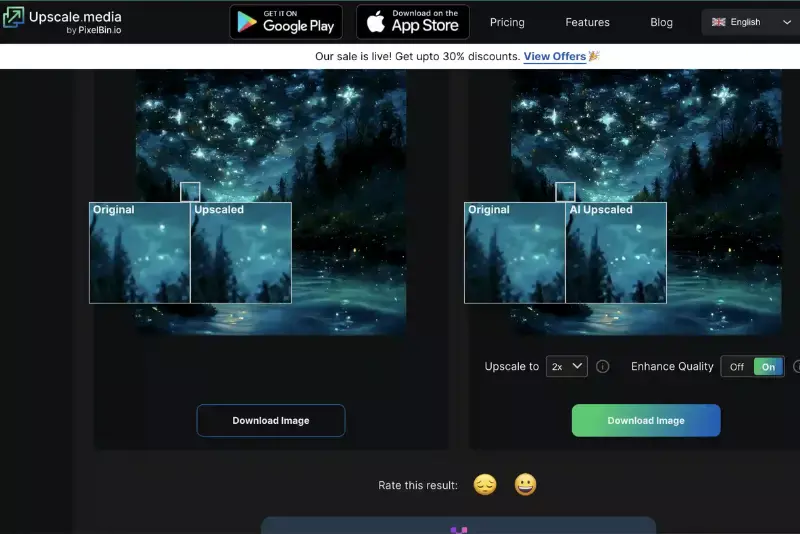
Conclusion
AI text-to-image generation is reshaping the art world by democratizing creativity and expanding artistic possibilities. This technology allows artists and creators to explore new ideas effortlessly, bridging gaps between imagination and reality.
As AI continues to evolve, its impact on art will only grow, offering unprecedented tools for innovation and expression. Embracing this technology not only drives the future of art but also opens doors to limitless creative potential and new forms of artistic collaboration.
FAQ's
How does AI art generate images?
AI art generates images through a process known as "generative adversarial networks" (GANs). GANs consist of two neural networks, a generator, and a discriminator, which work together to create images. The generator creates images, and the discriminator evaluates them; through continuous feedback and competition, the generator improves its output, resulting in AI-generated art.
What are the advantages of text to image AI?
Text-to-image AI offers the advantage of generating visuals from textual descriptions, aiding content creation and design tasks. It enables individuals without artistic skills to express ideas visually and streamlines the process of creating graphics and illustrations.
Why is text-to-image generation important?
Text-to-image generation is important because it converts textual descriptions into visual representations, enabling efficient communication and creative expression. It simplifies content creation and design processes, making it accessible to various individuals and industries.
How does AI text-to-image work?
AI text-to-image works by utilising deep learning algorithms and generative models. It processes textual input using natural language processing (NLP). It generates corresponding images based on the knowledge learned from training data, where the model was exposed to large sets of image-text pairs.
Why AI-generated art is art?
AI-generated art is considered art because it involves the creative output of an artificial intelligence system capable of producing unique and aesthetically pleasing visuals. While the process may be algorithmic, the resulting artworks can evoke emotions, inspire, and challenge perceptions, similar to traditional human-created art forms.
What is the purpose of text to image?
The purpose of text-to-image is to bridge the gap between textual descriptions and visual representations, enabling effective communication through visuals. It allows individuals to express ideas, concepts, and stories in a more engaging and accessible manner, making it valuable for content creation, design, and various applications where conveying information visually is essential.